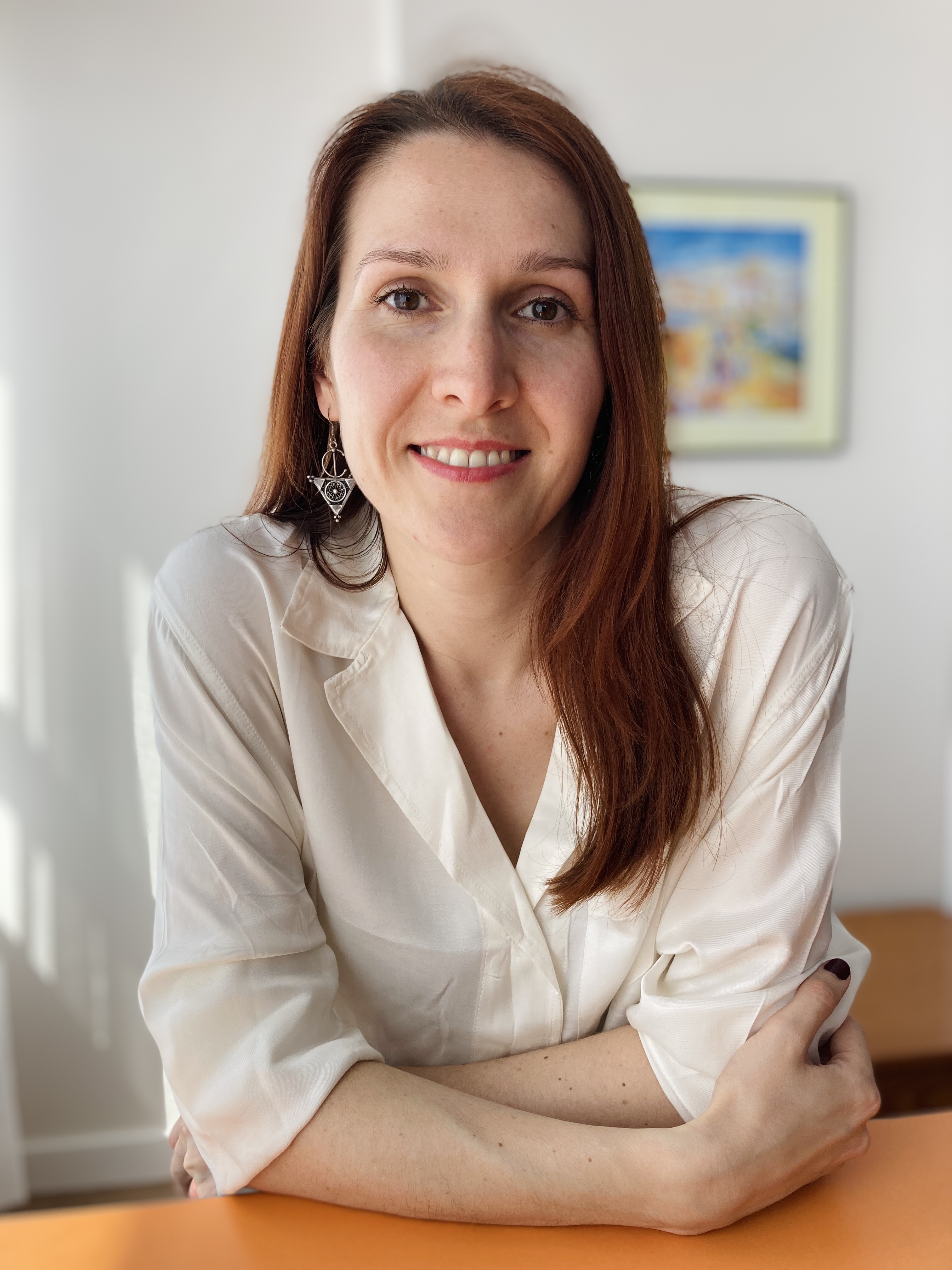In Montessori you let children do as they please, without saying no, isn’t that right?
I’ve heard this question many times, from different people who had understood the idea of freedom as equivalent to a lack of rules. And I think this type of explanation comes easily, since what is freedom to most people if not the impression that I don’t need to listen to anyone and I’m free do to as I please?
I say we look at freedom differently. Let’s see it as the possibility to express yourself by being loyal to what you live and feel and respectful towards others and towards yourself.
With this perspective in mind, we can talk about freedom in a Montessori environment.
Independence is one of the purposes of Montessori education, precisely because we want children to grow up in a balanced way and to adapt to the society in which they’ll find their role. And you can’t adapt and develop in a healthy way if you’re always depending on someone or something. You need to be independent in order to make decisions, in order to know what you are capable of doing or not, and in order to fulfill your needs and follow your interests.
Why do I bring up independence? Because you can’t be truly free if you’re not independent. If you depend on someone else to know what you can do, if someone always makes choices for you, if you’re not allowed to do the things you’re capable of, you can’t say you’re independent, therefore neither free.
The Montessori environment helps the child develop their independence and gives them the freedom to build themselves, to acquire abilities through practice at their own pace, to discover what they can do and what they still need to practice on.
How is the child free in Montessori?
The child is free to choose what to work with.
Each child is given material presentations, based on the teacher’s observations, who pays attention to each child’s needs and interests and to what they can do.
The child is free to move in the environment.
He does not sit at a specific table, at a certain time, but he moves freely, without being conditioned by a certain schedule or by a specific place. He can walk around the classroom, observe someone’s work, read at the reading nook, prepare a snack or spend time with a colleague.
The child is free to express himself.
He speaks to his colleagues and to the adults whenever he feel to, expressing as much as he can and when he’s comfortable doing so, without being pressured by a specific activity or by someone else.
The child is free to work as long as he needs to.
He can work whenever and as long as he needs to with a material he’s been introduced to, if he is ready for it. He chooses where to work - at a table or on the mat, who to work with - alone, with a colleague or with the adult, if that is the case.
But how does this freedom look like without order, without a way of doing things?When we visit a new city we need to be able to orientate, we might need a map to do so. In the same way, a child needs some reference points to be able to adjust to any new situation or environment. A map is useful to help direct your energy and to help you cope with what is new.
The map is given by certain limits or rules that show you where your freedom ends and where someone else’s freedom begins. Being free does not mean being indifferent to the consequences of your actions and to other people’s needs.
There aren’t that many rules in Montessori. But the basic ones are extremely important and help design that mental map that offers the child the possibility to understand freedom in a healthy way.
The limits derive from the same key elements:
Respect towards yourself.
Respect towards others.
Respect towards the environment.
The moment you’re free to do something, you’re given a map of that situation, in order to know what is ok and what isn’t. In this way, the child learns to regulate his behaviour and act respectfully towards himself, towards others and towards the environment. For each of the freedoms I’ve mentioned above, there are limits.
The freedom to choose what you work with
- as long as that material is available, meaning it is not being used by another colleague;
- you’ve been presented the material or you’ve observed another colleague working with it;
- you have the necessary skills to be successful in working with it.
The freedom to move
- walk, without running (we run outside);
- your movements don’t hurt or bother others, they don’t damage the environment or other’s belongings and don’t put you in danger.
The freedom of expression
- you use an appropriate polite language, that doesn’t hurt others;
- you use an appropriate tone, without shouting or interrupting someone who’s speaking or working.
The freedom to work
- you use the material in a respectful way, following the purpose it’s been designed for (you don’t throw it around the classroom, for example);
- you work during the work cycle (you can’t choose a material at closing time, when your parents come, but you are allowed to finish what you’ve started).
It is important to offer children freedom within limits for them to build their own action map starting from that, a map they’ll use in various context throughout their lives. The clearer and more internalized the map is, the more the child will have a solid basis to turn to, working as a compass of their conscience.
Offering freedom to a child is a sign of respect.
I mean the type of freedom that comes with care towards ourselves, towards others and towards the environment. Offering limitless freedom to someone who hasn’t yet achieved self-control is an insult to the very idea of freedom, as Dr. Montessori said. You can’t expect a child to understand the idea of freedom, without being shown a healthy way of being free. The child is going through the process of building themselves and their view of the world, a view modelled by what we as adults show them.

